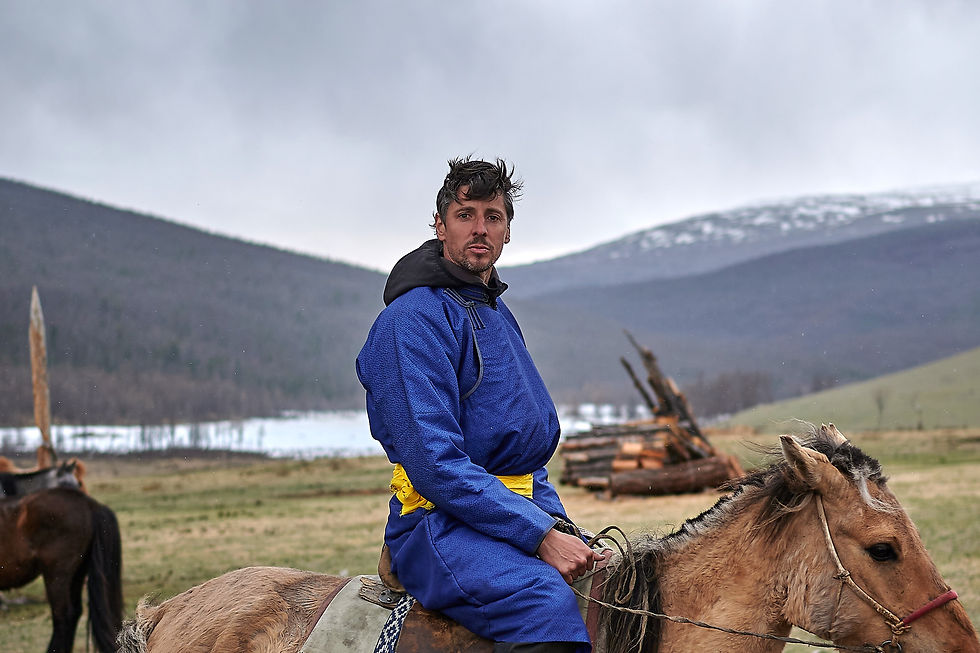Stuck between conviction and war: Frontline volunteers
- Rick Jens

- May 18
- 3 min read
Upcoming documentary: a young woman's story

Intriqued to delve into the motivations of volunteers working in a full-scale war, I traveled to Ukraine to learn more. Not long after, I focussed on exploring the lives of medical volunteers. These individuals expose themselves to the grim realities of war, dealing with severely wounded soldiers of whom many subcome to their injuries, all the while exposing themselves to the same risks of missile threats and drone attacks. For what? They don't seem to do it for glory. So what drives them?
Walk the walk
In order to understand their convictions and experience, I decided to become a medic myself. I convinced an organization to allow me to attend a combat medic course offered to Ukrainian nationals and sign up for a rotation near the frontline.
During this time, I worked three, two-week rotations, back to back. Working as an ambulance driver and medic at the same time. Paying close attention to circumstances and talking about the motivations of other volunteers, I learned a great deal about what drives these individuals. People will be genuinely surprised to learn what motivates them.

Outstanding character
Pretty quickly during the initial medic course, I came in contact with Maria. Without ever having met her, we got put in the same team. Instantly she confined herself over me, making me feel at ease and making sure I knew I could rely on her during the course for support and understanding.
During my twenty years in the armed forces, working in high-demanding environments and exploring the globe for human stories, it didn't take long to realize the purity of her character and the pristine conviction she has. Capturing her story would give the impact of this war a new perspective. A perspective that might just reach the emotions of the audience to understand the sacrifice of medical volunteers and how their conviction gets them stuck in a war that might simmer for decades.
Documenting the story
When I learned that Maria had signed up for a rotation with Hospitallers, while I was working for an organization called Tacmed, I reached out to Hospitallers asking if I could be placed on the same team as Maria. In case she needed protection, I could be there and repay her for the efforts she invested in me. Also, it would allow me to capture her sacrifices and emotions during her rotation near the frontline. As if meant to be, I did become her driver in the ambulance where she worked as a medic. So, we teamed up again to save the lives of injured soldiers.
During this period, my work as an ambulance driver was most paramount, as was Maria's work as a medic. Initially, the local military doctor objected to me filming as the New York Times (NYT) team blatantly lied in his face as they used video footage for an item that risked not only the lives of the medical team, by potentially giving away their location. It also violated the emotions of team members as footage of friends that died was used by the NYT team. After a false promise stating they wouldn't do it.
When I eventually got permission to film, it was always a difficult ethical dilemma when to film and when I was just an ambulance driver present to support the wounded soldiers. In the end, I might have enough footage to make my documentary about Maria, even though we didn't have the time to make sufficient audio recordings or interview relatives and friends.
But the story I want to tell is there. It is my experience and that of Maria combined. I hope that by using my reflections on this remarkable experience with Maria's extraordinary story I will be able to build a griping story, offering a new perspective on a war with global consequences.







Comments